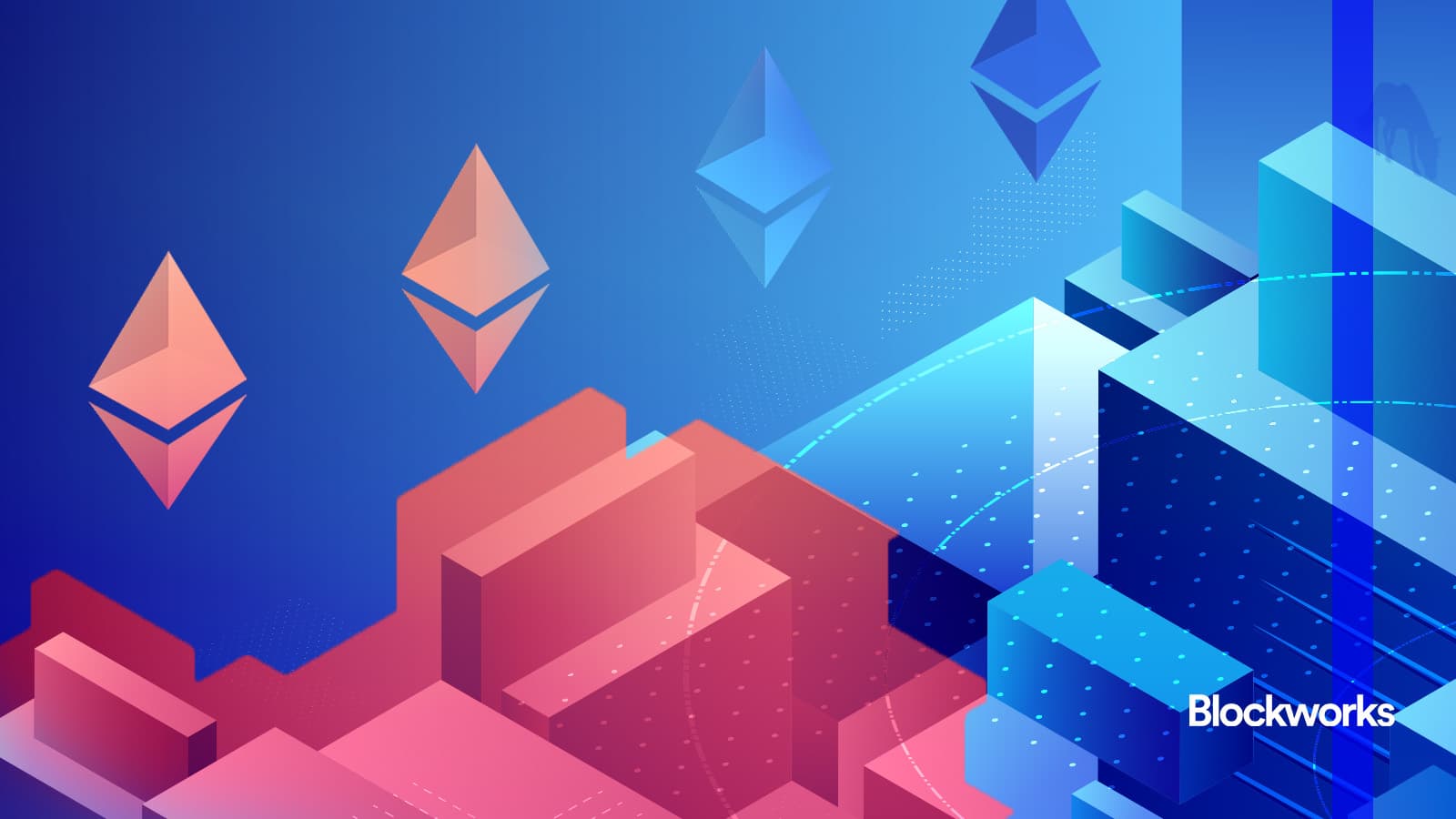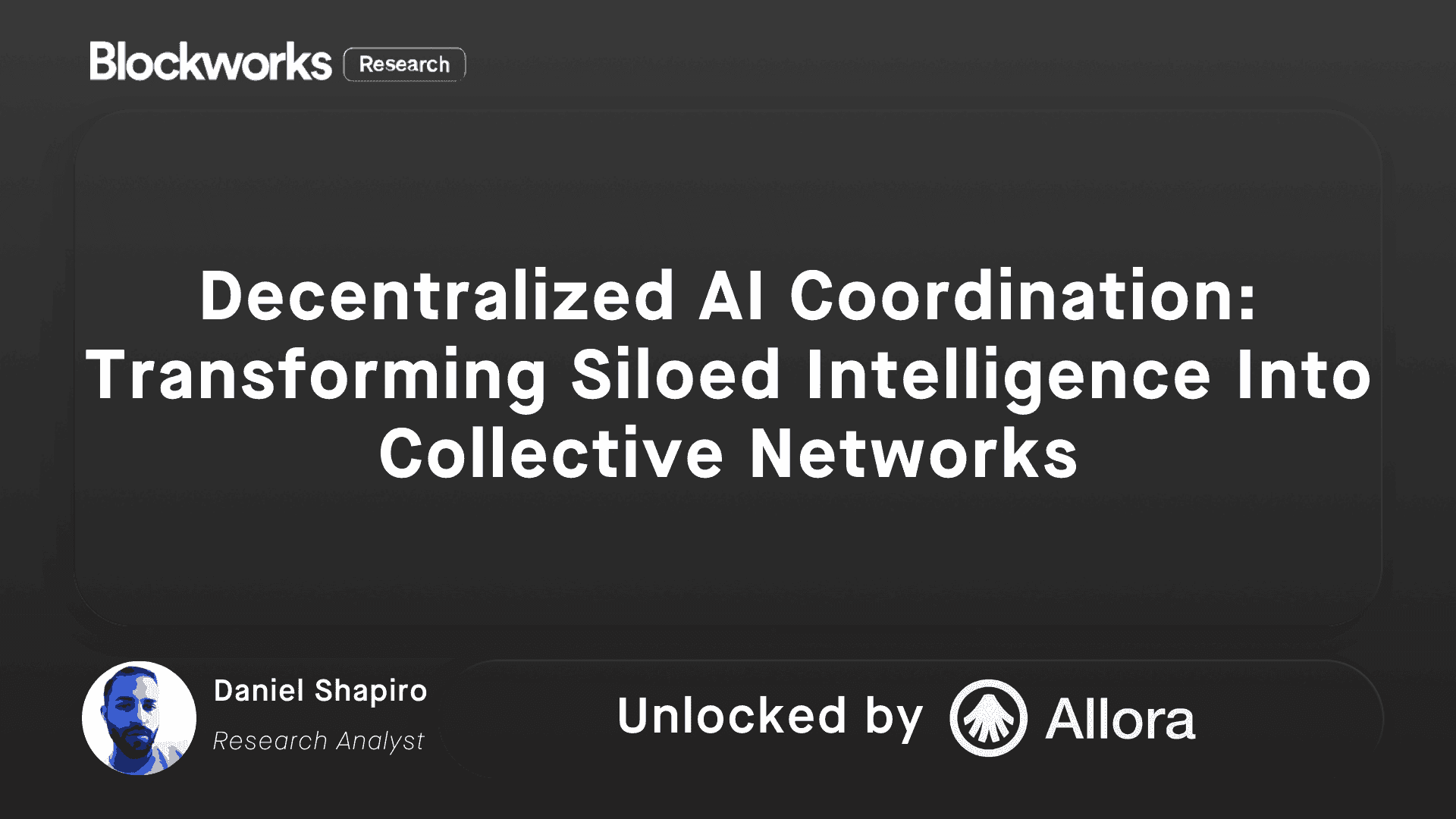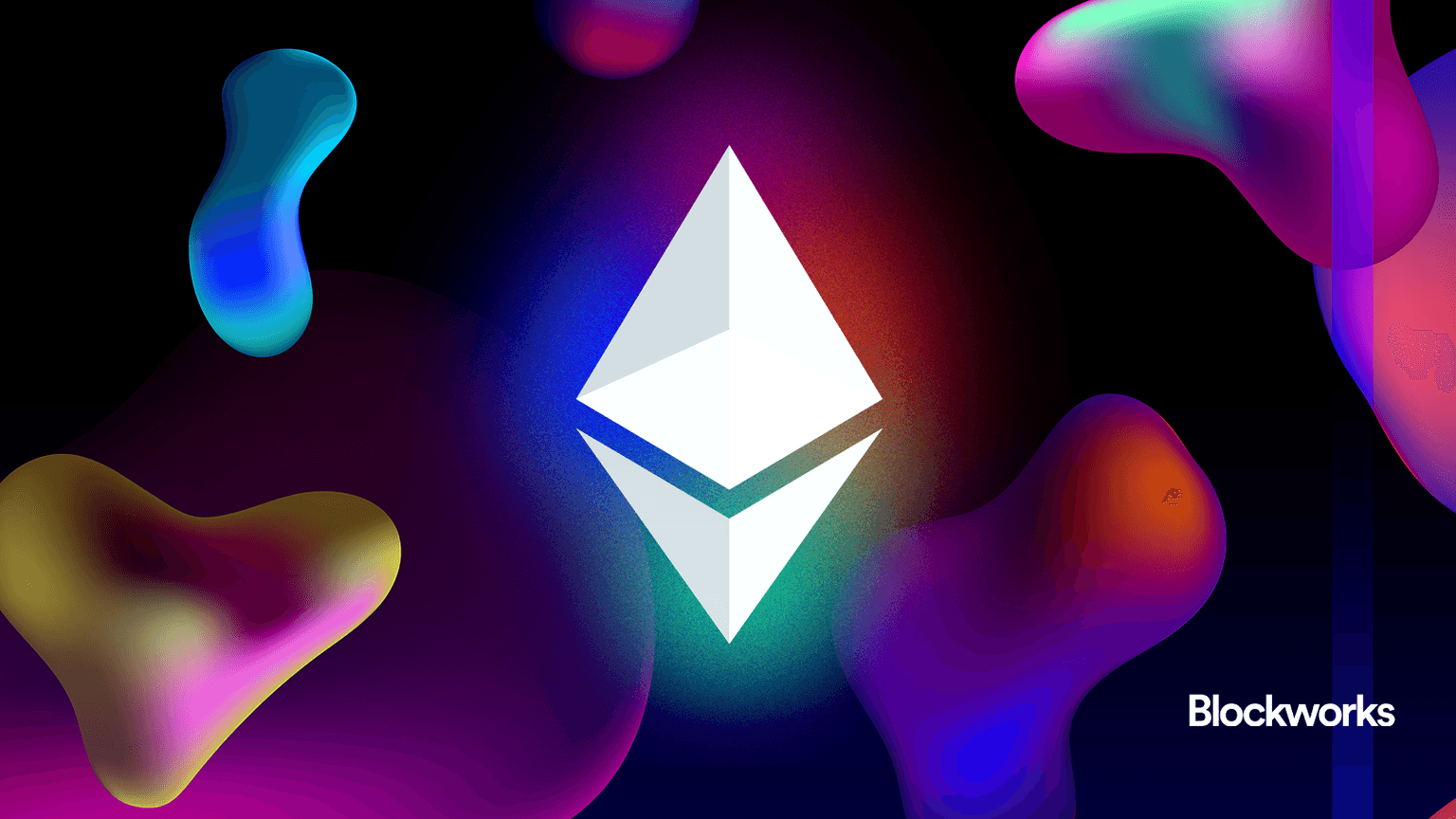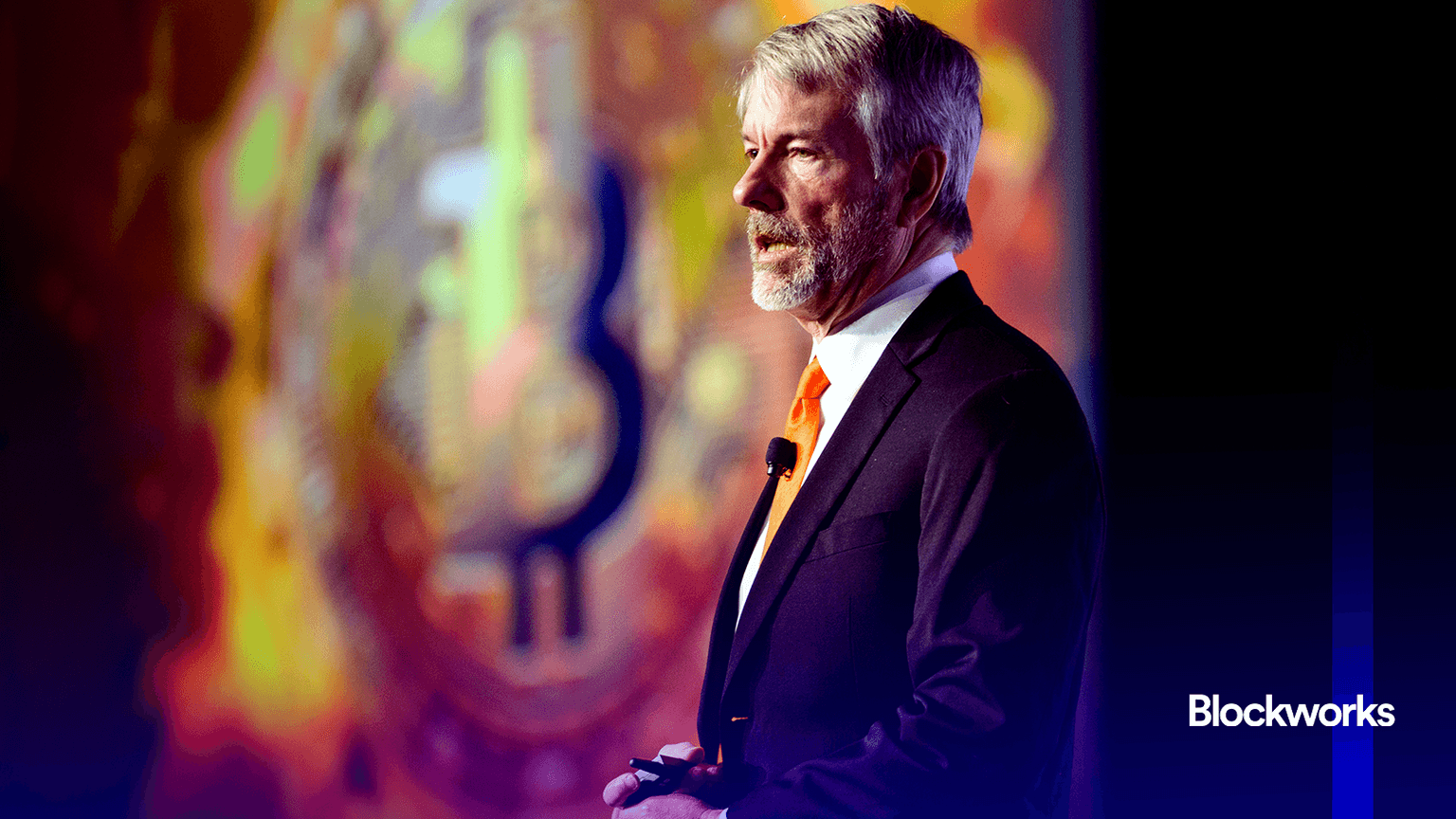Rollup reality check: It’s the L1s that are defecting
Fears that rollups would abandon Ethereum haven’t materialized — instead, chains like Celo and Lisk have migrated the other way

Sabura/Shutterstock and Adobe modified by Blockworks
Skeptics of Ethereum’s rollup-centric roadmap have speculated that layer-2 networks might eventually peel away from the ecosystem. The concern was that rollup teams would grow tired of paying Ethereum’s data availability fees and break off into sovereign layer-1 chains with their own validators.
But so far, that hasn’t happened. Instead, the gravitational pull has flowed the other way: independent layer-1s are re-architecting themselves as Ethereum L2s.
Celo and Lisk are two prominent examples. Celo launched in 2020 aiming to build a mobile-first, payments-centric L1 with its own stablecoins and identity layer. Lisk’s origins go back even further to 2016, when it launched with a focus on onboarding JavaScript developers through a custom SDK and sidechains.
But by the 2022–2023 bear market, both faced a common challenge seen across many mid-tier L1s: limited liquidity, fragmented developer ecosystems, and difficulty attracting and retaining users beyond niche use cases.
Rather than double down on independence, both chains opted to plug into Ethereum. Celo completed its migration in March 2025, relaunching as an OP Stack rollup using EigenDA for data availability.
“It was the right time to return home to Ethereum,” Rene Reinsberg, Celo co-founder, told Blockworks, citing new infrastructure like rollup-in-a-box stacks. “This allowed Celo to maintain its unique technical advantages like 1-block finality, sub-cent gas fees, and ERC-20 tokens as gas currencies… while gaining Ethereum’s security, community, and network effects.”
Celo says its community overwhelmingly supported the shift, with unanimous votes through onchain governance and proposals reviewed in public calls and open forums.
“Building in the open was, and remains, a core priority,” Reinsberg said.
The results are showing in the metrics. According to Celo, daily active users now top 600,000, and stablecoin transfers have reached over 123 million across more than 1.1 million wallets. The chain also reports over $1 billion in monthly stablecoin volume and a 365% increase in protocol revenue since the migration. Celo’s onchain FX platform, Mento, recently processed over $200 million in a single day.
Much of the usage has been driven by real-world applications like MiniPay, a mobile wallet integrated with Opera’s browser.
“MiniPay’s built for everyday users,” the team said, noting that it recently surpassed 8 million activated wallets. Meanwhile, DeFi integrations have accelerated, with Aave V3 hitting its initial supply caps, prompting governance to raise limits for USDT, ETH, and CELO.
Lisk’s path followed a similar arc. In May 2024, it migrated its LSK token to Ethereum and relaunched as an OP Stack rollup using Ethereum’s blobspace for DA. Its “DAO Season 1” campaign reportedly attracted over 277,000 new accounts and 48 million transactions. Lisk is now betting on distribution and Ethereum-native interoperability to power its next growth phase.
“The so‑called ‘crisis’ in Ethereum was never truly real, because Ethereum has never been just another ecosystem,” Dominic Schwenter, COO of Lisk, told Blockworks.
“Projects are joining the Ethereum ecosystem to interoperate, not compete…It has set the highest standard for what it means to scale technology at the most decentralized level possible,” he said.
The contrast with the feared L2-to-L1 narrative is stark, with virtually no examples of successful pivots. DYdX left StarkEx for a Cosmos appchain in 2023. Starknet continues to post data to Ethereum, and every major rollup launched since 2021 — Arbitrum, Base, OP Mainnet, zkSync, Unichain, Linea — remains anchored to Ethereum.
“The Ethereum community has the strongest network effects,” Reinsberg said. “This fact has helped guide the migration.” And rather than see it as a step down in sovereignty, Celo sees its L2 status as a way to scale Ethereum into emerging markets where mobile-first financial access is critical.
The upshot is, Ethereum’s center of gravity is growing stronger. Despite the persistent “L1 premium” reflected in certain token prices, no L2 has broken away to become a sovereign L1 in the rollup era, while several L1s have chosen to become L2s.
For users, that means cheaper fees, more stablecoin liquidity, and a better onchain UX. For Ethereum, it signals a future where more of the network forms around a shared security and settlement core.
Get the news in your inbox. Explore Blockworks newsletters:
- The Breakdown: Decoding crypto and the markets. Daily.
- 0xResearch: Alpha in your inbox. Think like an analyst.






